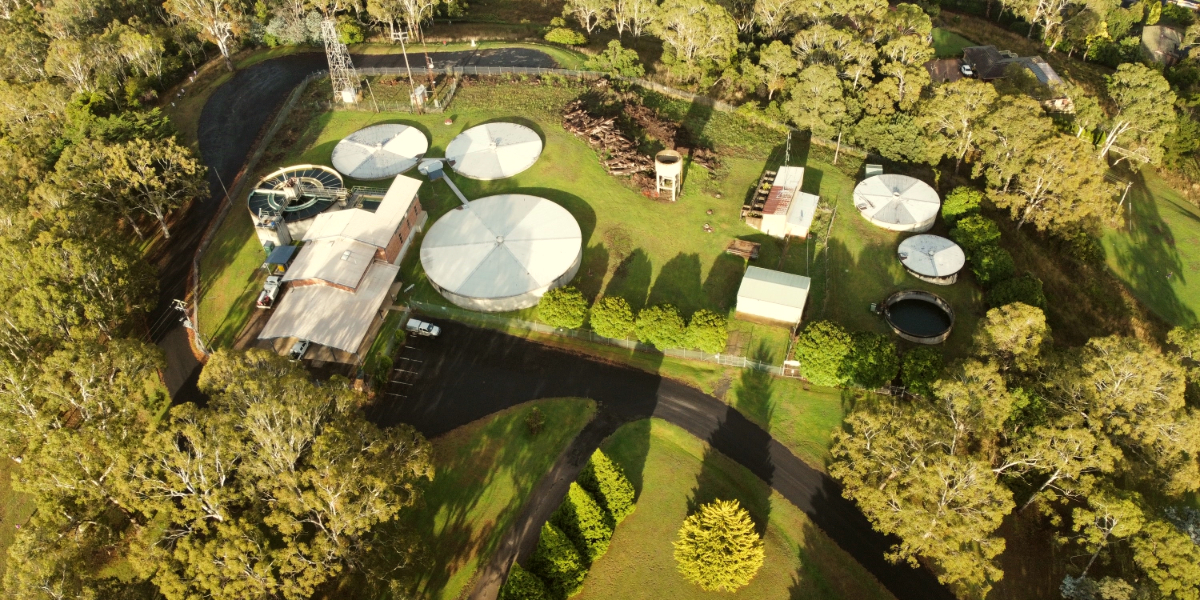Water will be delivered to homes across Warialda today as the latest update from Gwydir Shire Council reveals another bore has high levels of PFAS, but other Councils are progressively reporting their water supplies are PFAS free or within acceptable limits.
PFAS (per- and poly-fluoroalkyl substances) was detected in the northern reservoir of Warialda, prompting a health alert and Council to provide bottled water for free for residents. The Crane Street bore and Hospital Park bore have also tested with PFAS levels over the proposed 2025 guideline levels, and will no longer be used. The Saleyard and Gragin Road bores had no detectable levels of PFAS.
Gwydir Shire Council General Manager Max Eastcott says the northern reservoir requires more aggressive flushing, which they are going to achieve by turning off the southern reservoir to draw all the water from the northern.
“When the level of the Northern reservoir falls to 25% water will be allowed to flow from the Southern reservoir and this will dilute the presence of PFAS to an acceptable level.”
Council will continue to issue free bottled water from the Warialda Visitor Information Centre, and today (Friday) will see water delivered to each house in Warialda.
“Please note that the current water restrictions will continue indefinitely. These restrictions are – no fixed sprinklers to be used only hand held hoses are permitted,” Mr Eastcott said in a statement, noting this was particularly challenging in the hot weather.
NSW Health advises that drinking town water in Warialda in the short term is unlikely to pose a health risk and it is safe to swim in a pool which holds Warialda water. However, bottled water is being made available for those who would prefer it until the pipes are flushed.
Council will be petitioning for funding to establish new bores which will supplement the Warialda water supply.
Other areas clear
PFAS are a group of synthetic chemicals that have been used in various products for decades, including non-stick cookware, firefighting foams, water-resistant fabrics and personal care items. Due to their resistance to heat, water, and stains, these chemicals have been widespread in everyday products since the 1950s. However, PFAS are persistent in the environment and are difficult to break down.
The current Australian Drinking Water Guidelines values for PFAS are already very low. The proposed change has been instigated by national health regulators as a precautionary move, as global scientific understanding of PFAS continues to evolve.
PFAS levels in the local drinking water supply is being tested across the state by NSW Health and Councils as the level of what is considered safe has been significantly reduced. The National Health and Medical Research Centre (NHMRC) has released guidelines which outline new and lower recommended trigger values of PFAS in our drinking water.
The results of this testing in Tenterfield, Glen Innes, Inverell and Liverpool Plains show the presence of almost no level of PFAS, as do results from Tamworth released earlier in the month. Where there was a level of PFAS detected, this level is well below current Australian drinking water safety limits, as well as proposed future limits recently released in the draft National Health and Medical Research Council (NHMRC) fact sheet, meaning there is no immediate health risk to residents.
Armidale Regional Council has released a report on water quality, published December 19, but has only published two of the four PFAS substance types in their report for Armidale and Guyra water supplies, and have not measured them against the incoming guidelines as other councils have. Moree Plains, Gunnedah, Walcha, and Uralla are yet to publish their results.
While the New South Wales Environmental Protection Authority (EPA) continues to investigate PFAS contamination at various locations across the state, including firefighting sites in Armidale and Tamworth, there are currently no known concerns or investigations related to PFAS in the region’s water supplies outside of Warialda.
For more information about PFAS, residents are encouraged to visit the NSW EPA website www.epa.nsw.gov.au.
Like what you’re reading? Support New England Times by making a small contribution today and help us keep delivering local news paywall-free. Support now


